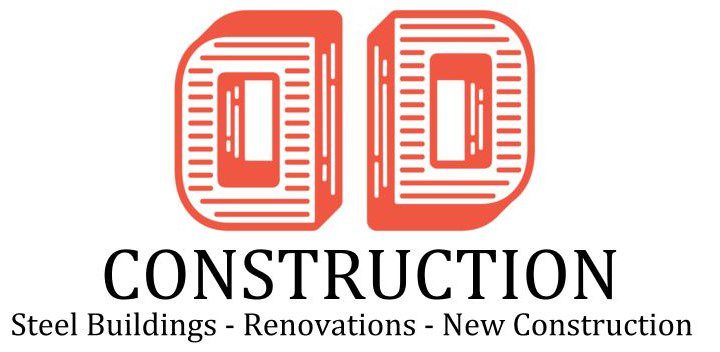Some parts of the United States enjoy high winds, and some experience far more extreme weather. The right roofing system can protect your building from extreme weather, and there are some great options for these high-wind regions.
Standing seam metal roofs are ideal for enduring heavy winds. In these areas, the constant threat of wind uplift is very real, and it can cause major damage. That’s why you need a roofing solution that offers unparalleled resilience—that’s why you need standing seam metal roofing.
Read on to explore why they’re among the best options for high-wind areas.
Common Roofing Problems in Windy Regions
Traditional roofing materials like asphalt shingles or tiles can be susceptible to damage during strong winds. These are some of the more common issues asphalt shingles face:
- Wind Uplift: Wind uplift is where the force of the wind creates upward pressure on the roof, leading to potential roof failure. This is particularly crucial in regions with varying basic wind speeds and terrain influences.
- Roof Attachment Methods: Improper or worn roof attachments can lead to significant problems. If the methods and materials used cannot withstand high wind forces, it can result in roof panels becoming dislodged or damaged during storms.
- Seam Integrity: The integrity of roof seams is crucial in windy regions. If the seams of the roofing system are not properly designed, tested, and installed, they can become vulnerable to wind uplift. Sometimes, they can also allow water to seep in, eventually leading to water damage.
- Material Durability: Low material strength or aging components can increase susceptibility to wind damage, potentially causing significant roof maintenance and repair costs.
Why Standing Seam Metal Roofs?
Standing seam metal roofs are engineered to take a beating, unlike traditional asphalt shingles or metal roofs. Standing seam metal roofs are low-maintenance, fire-resistant, and energy-efficient, making them ideal for commercial buildings.
These roofs have a range of key features, including:
- Interlocking Panels: This is the essence of a standing seam metal roof. A row of metal panels is mechanically seamed together, creating a continuous, watertight barrier. This interlocking design prevents individual panels from lifting or detaching during high winds, ensuring your roof stays firmly in place.
- Concealed Fasteners: Traditional roofs use exposed nails or staples to secure the panels. However, these fasteners can become vulnerable during strong winds, potentially causing the roof to fail. Standing seam roofs eliminate this risk by using hidden clips to secure the panels. This creates a smoother, more aerodynamic profile that deflects wind instead of catching it.
- Lightweight Strength: Metal roofs might seem heavy at first glance, but they’re surprisingly lightweight compared to more traditional options like concrete tiles. This lighter weight reduces the building structure’s stress during high winds.
- Testing and Compliance: Most standing seam roofs will undergo rigorous testing to ensure they meet industry standards for wind resistance. This involves subjecting the roofing system to simulated wind forces to assess its ability to maintain its structural integrity. Engineers also ensure compliance with engineering standards, such as ASCE 7.
Close Out
While the initial cost of a standing seam metal roof might be slightly higher, it offers excellent protection against wind and other elements for decades. For metal roofs and reroofing, or full metal building erection, you can choose DD Construction. Our experienced team can help you explore the different options and guide you toward the perfect solution for your home or business. Contact us today for a free consultation!

